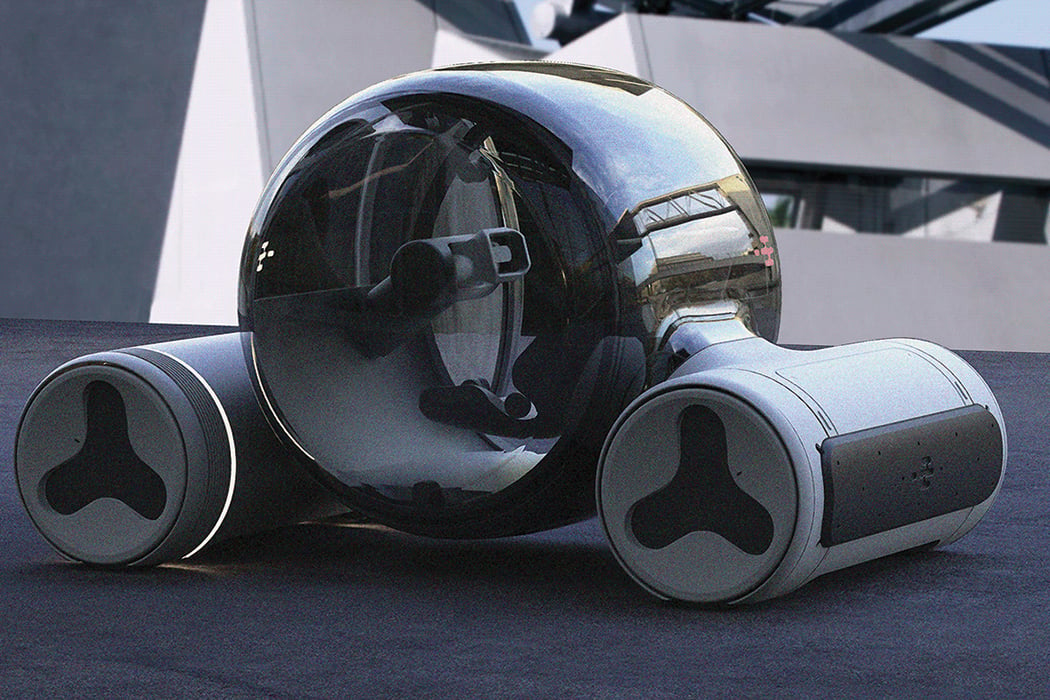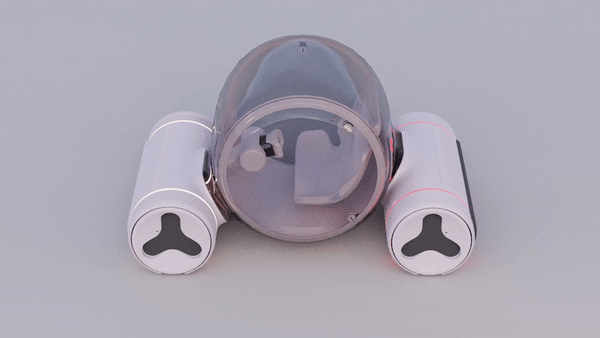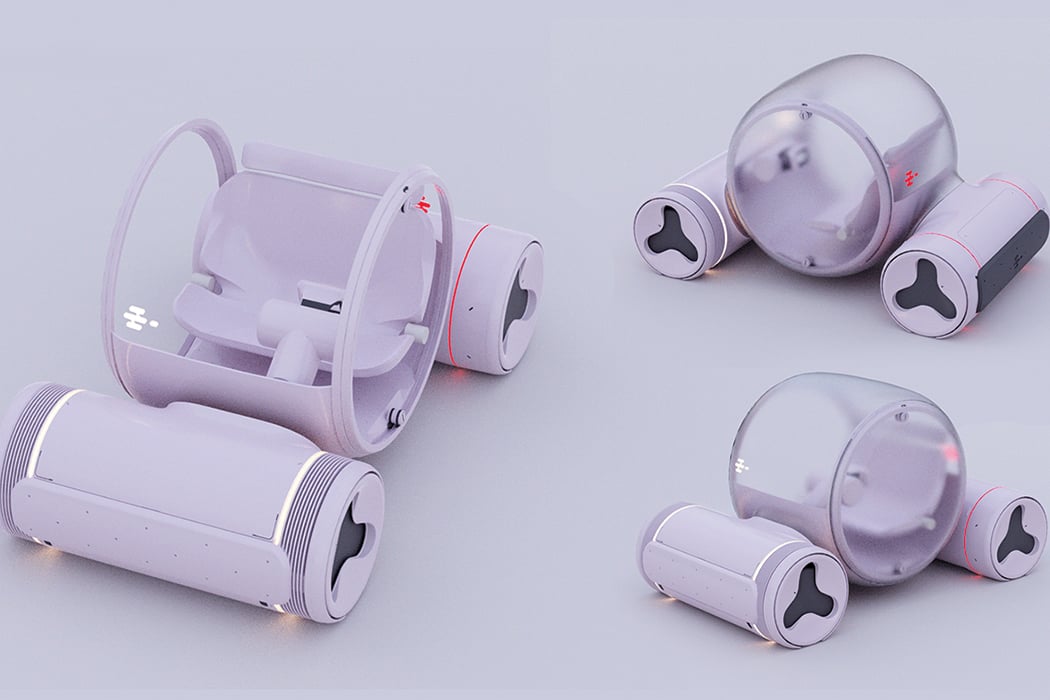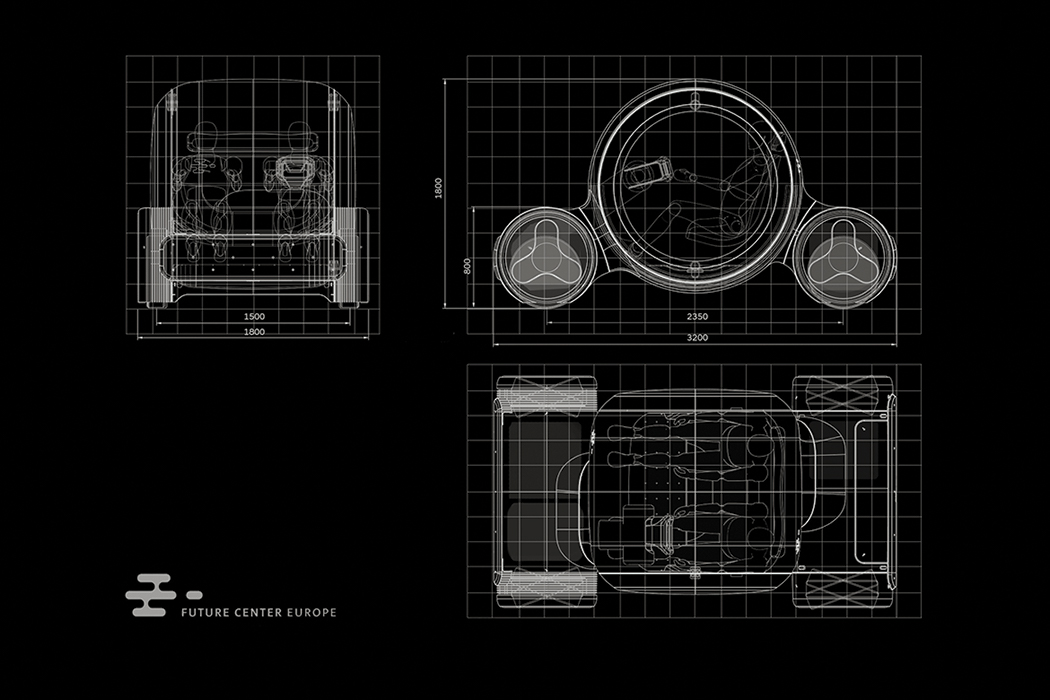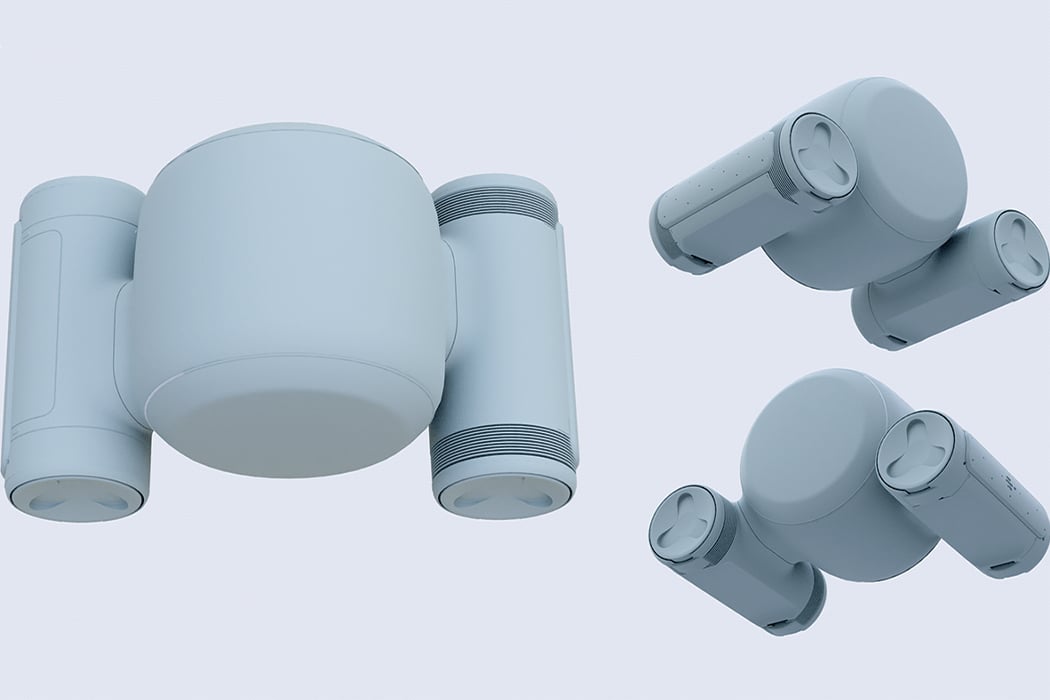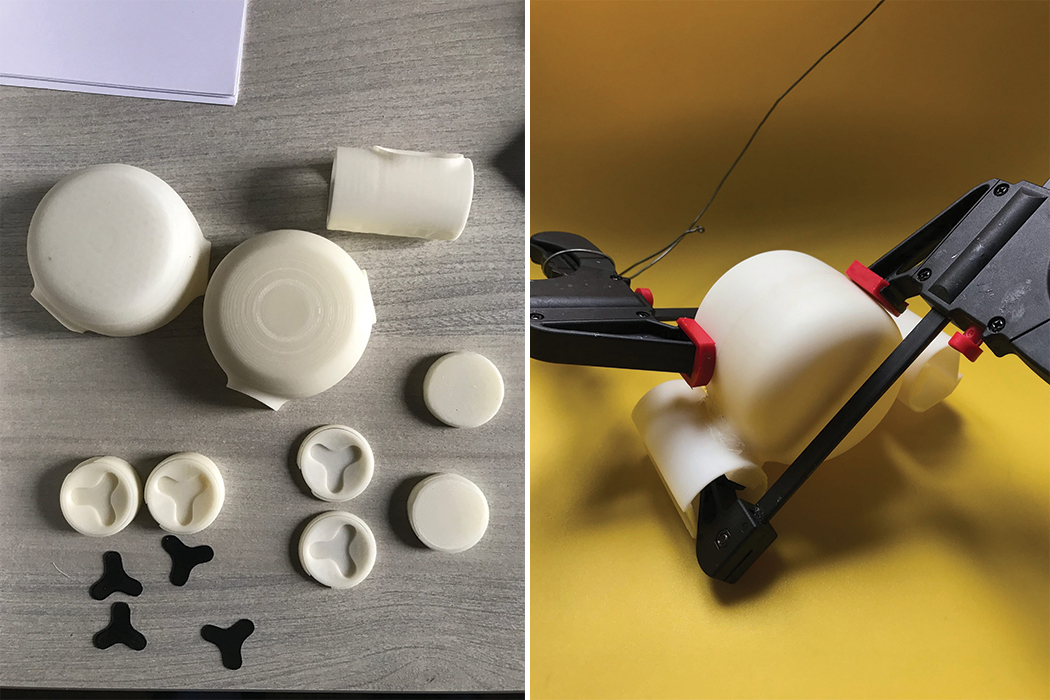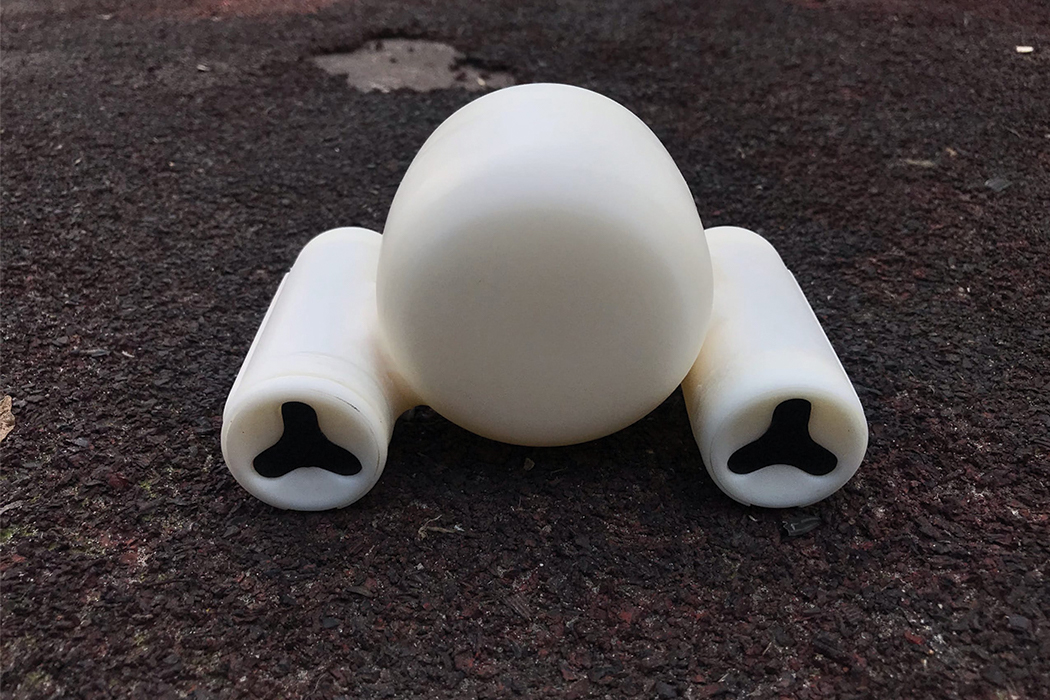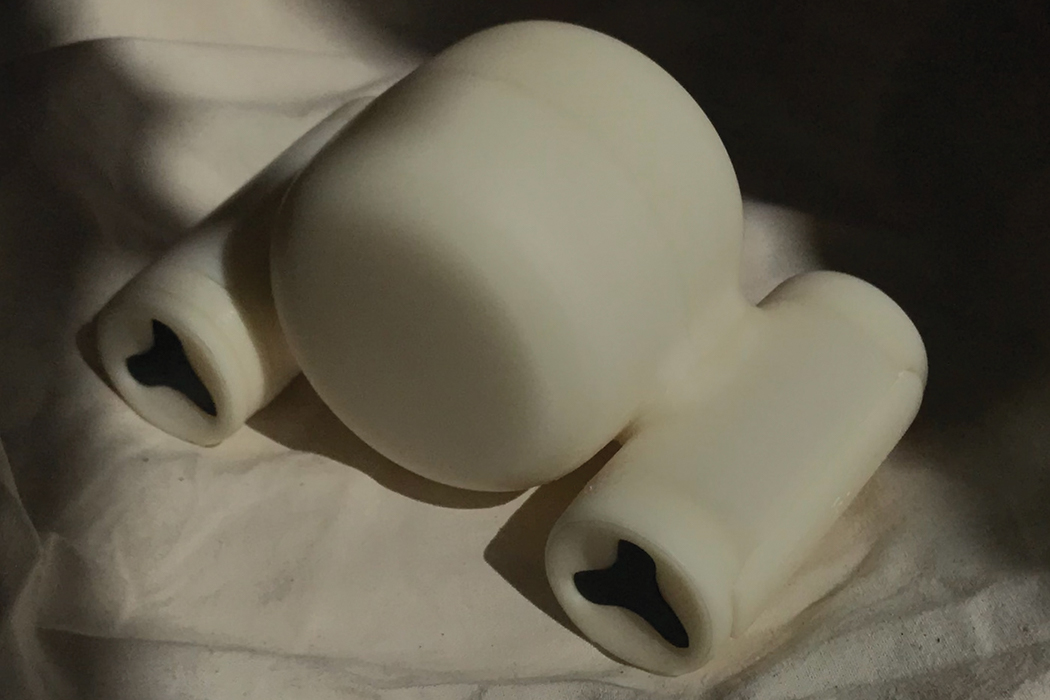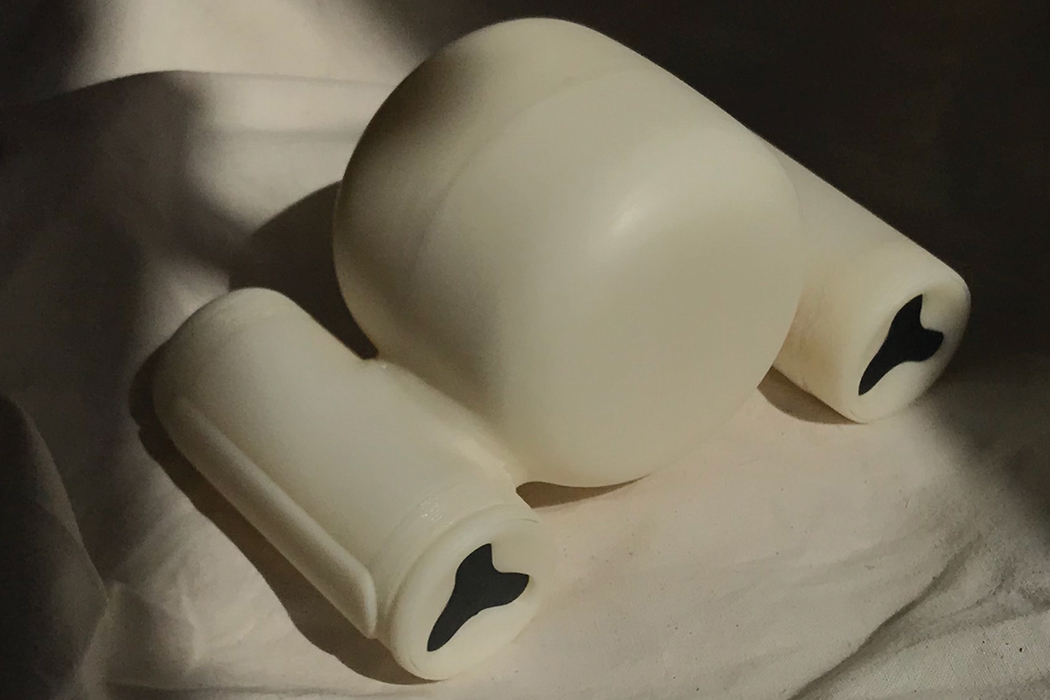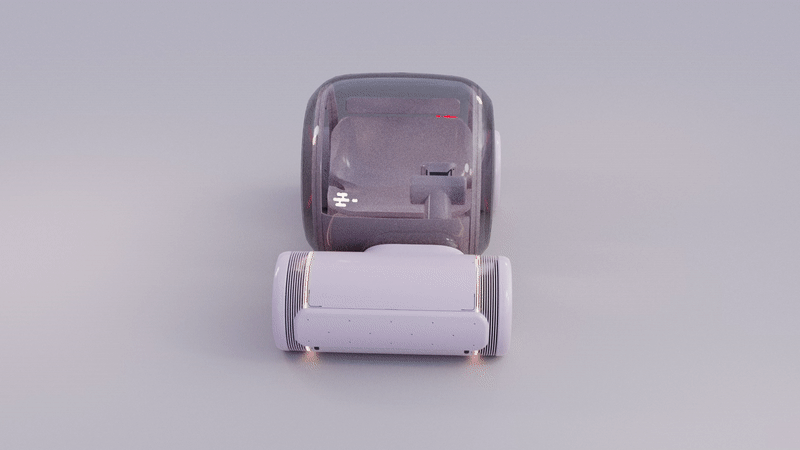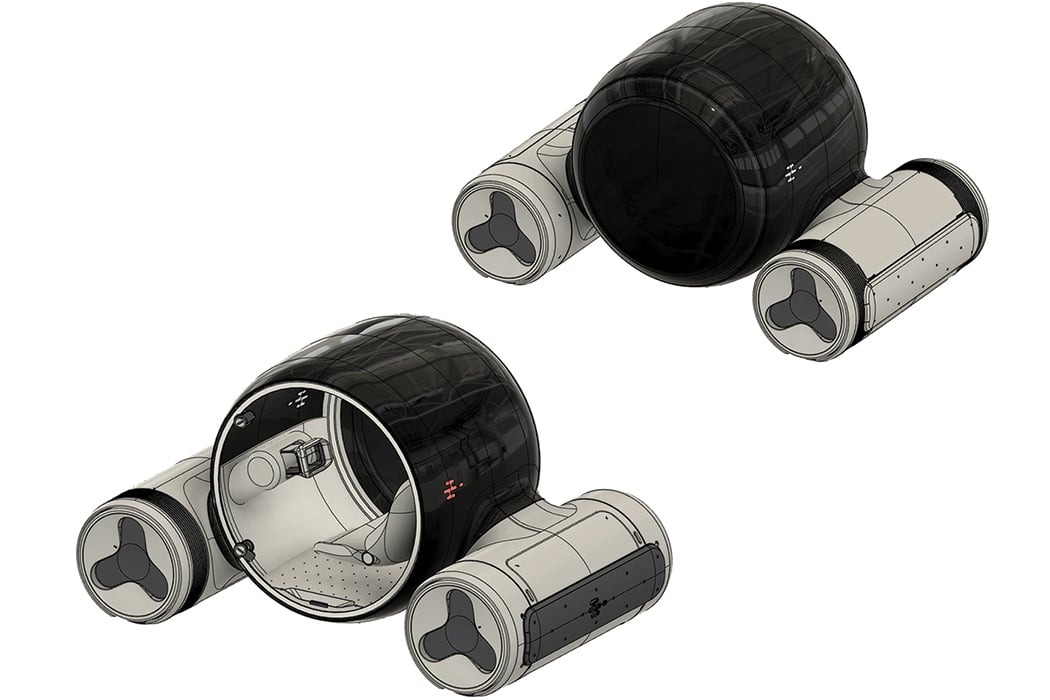Tag Archives: Pandemic
AMC warns it may run out of cash in January 2021
This astronaut-inspired PPE helmet has an air filter and even its own Bluetooth comms system!
Well, Jetsons didn’t get the flying car right, but they sure as hell nailed the fact that we’d need to wear helmets outdoors!
Meet the NE-1, an experimental face-helmet that looks like something a bee-keeper would wear, but is in-fact protective headgear that’s both safe and comfortable to wear in the pandemic. Developed by Texas-based ValhallaMED, the NE-1 helmet combines the face-shield and mask into a singular device you wear on your head. Fitted with a powered air system and a patent-pending filtration mechanism, the NE-1 routes air-flow to make sure the air you breathe is 95% pure, but without needing an air-tight seal like most conventional masks. Not only does the mask filter the air you inhale AND exhale, it comes fitted with coolers that keep you breezy and comfortable outdoors. The cool air, aside from giving you overall comfort, also helps the NE-1’s wide visor from misting or fogging up. The result is similar to wearing an actual bike-helmet. Face-protection and full visibility, albeit with two significant upgrades… clean air, and active powered cooling that lets you wear the helmet for hours.
One would argue that a futuristic, Jetsons-inspired helmet would be incomplete with its own comms system… which is why the NE-1 is outfitted with a Bluetooth audio system that lets you both speak and listen to others while you’ve got the mask on! The mask comes with a flexible neoprene neck-seal and a unique shape, accommodating a wide range of face sizes, and even letting you comfortably wear it with spectacles or sunglasses!
Designer: ValhallaMED
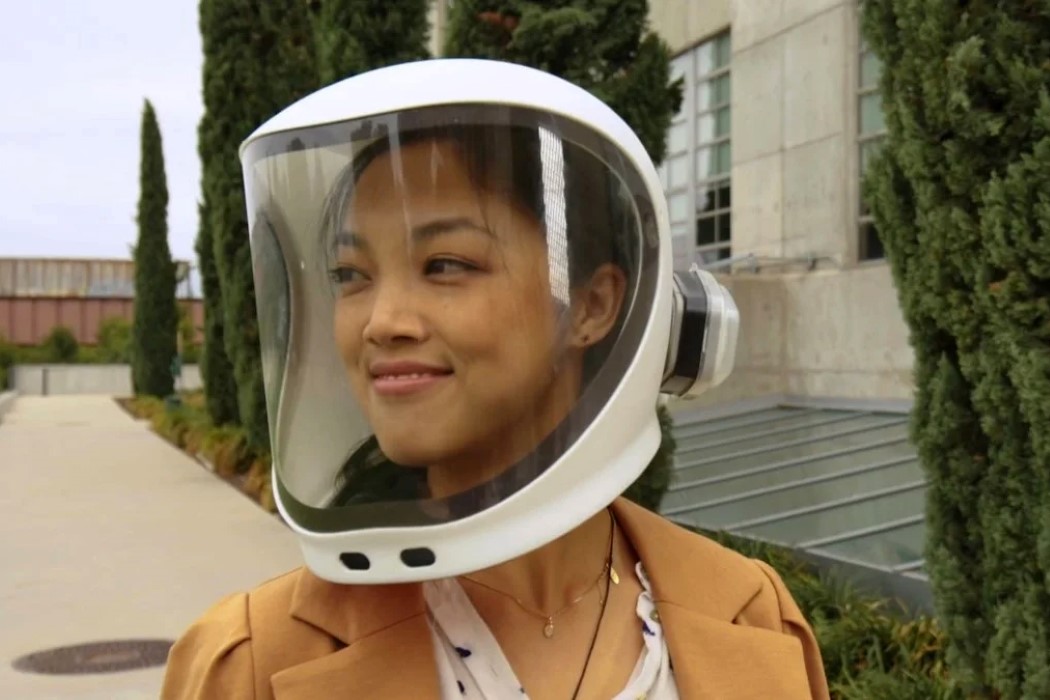
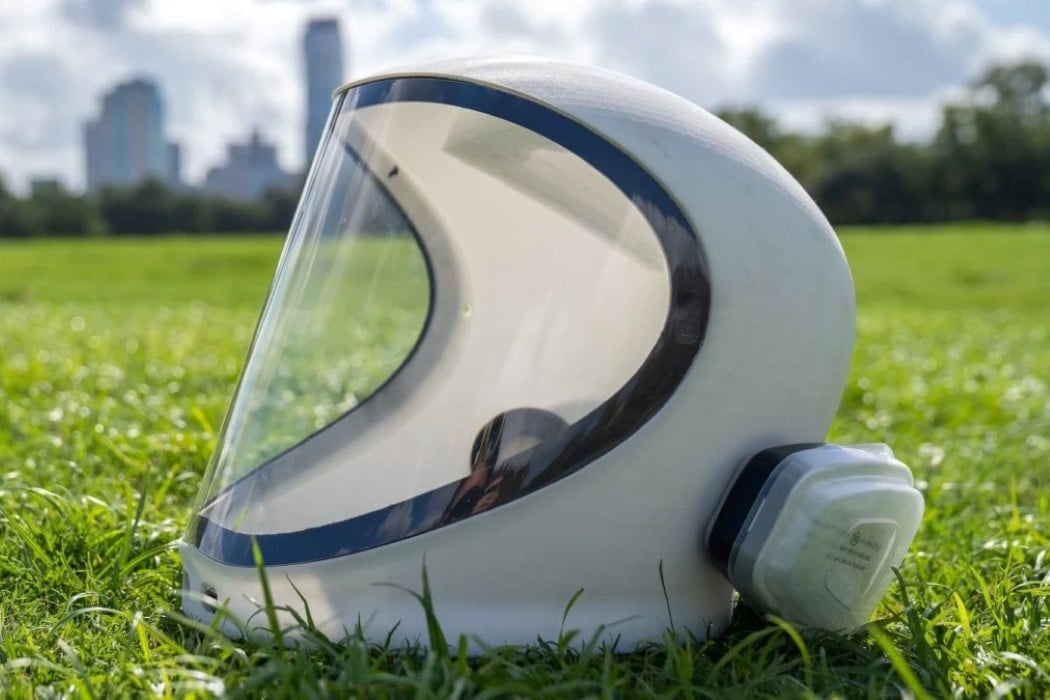
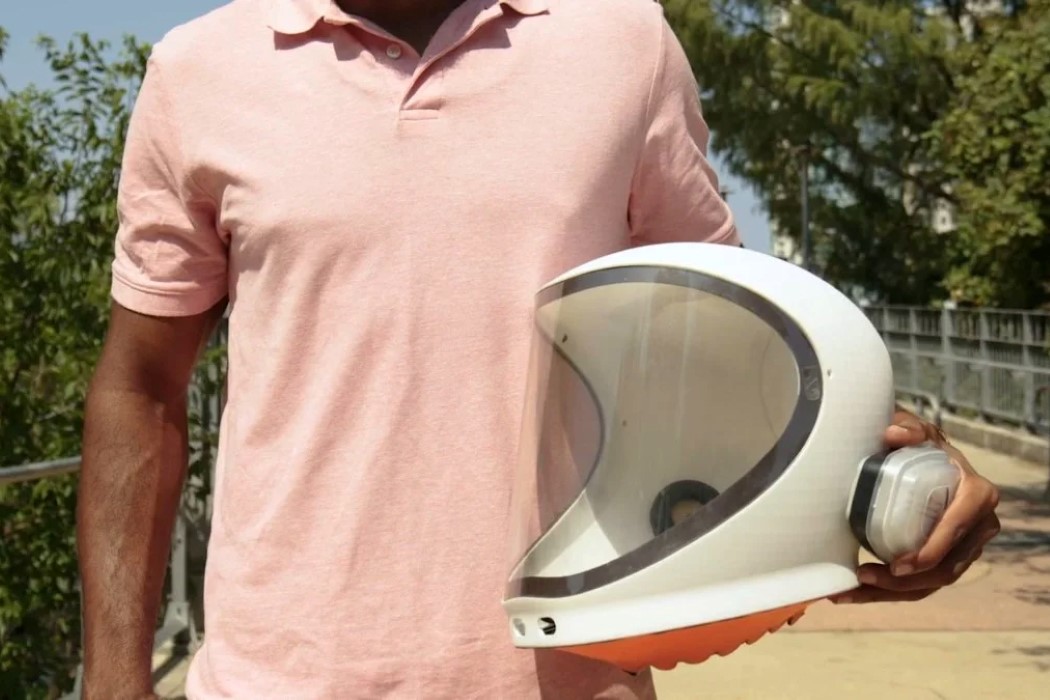
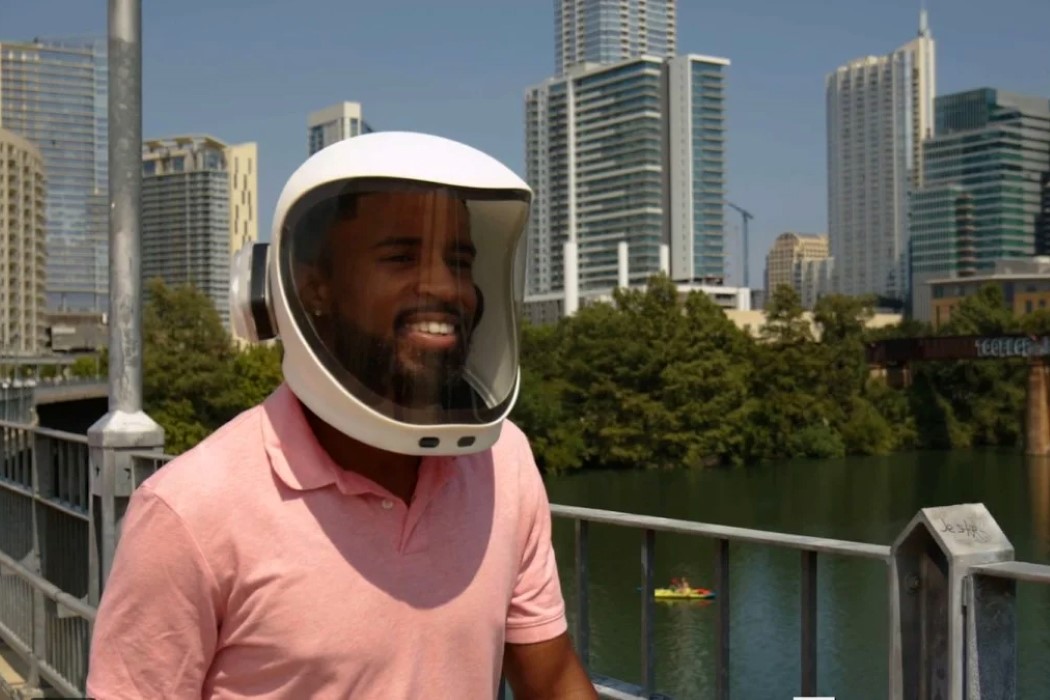
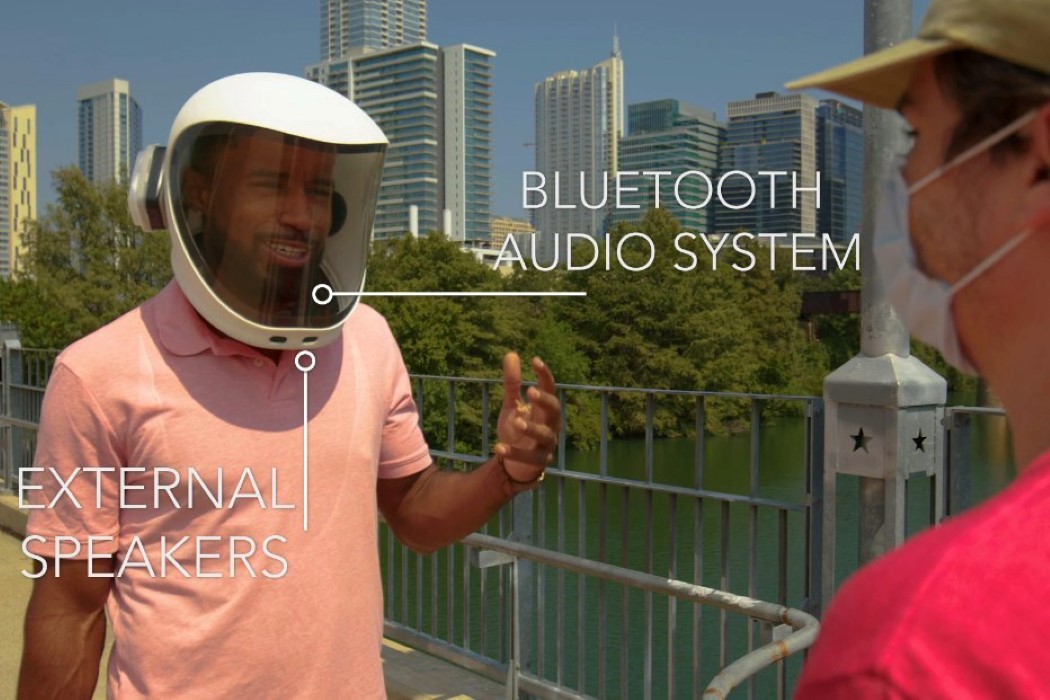
The Bluetooth audio and external speakers are ideal for “close-talkers” and “low-talkers” alike.
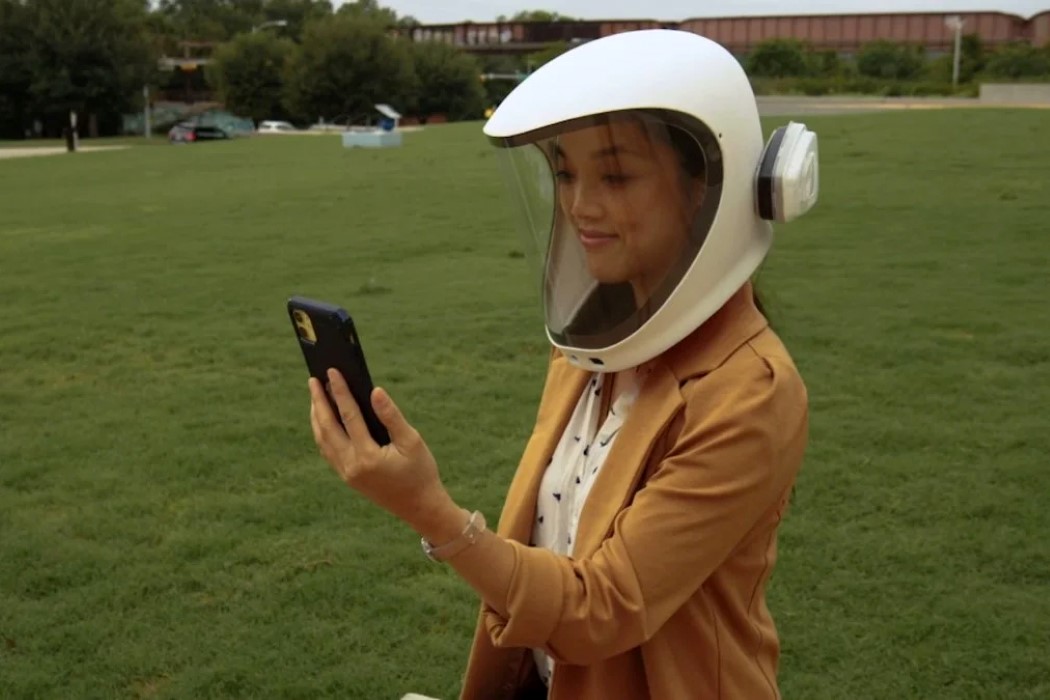
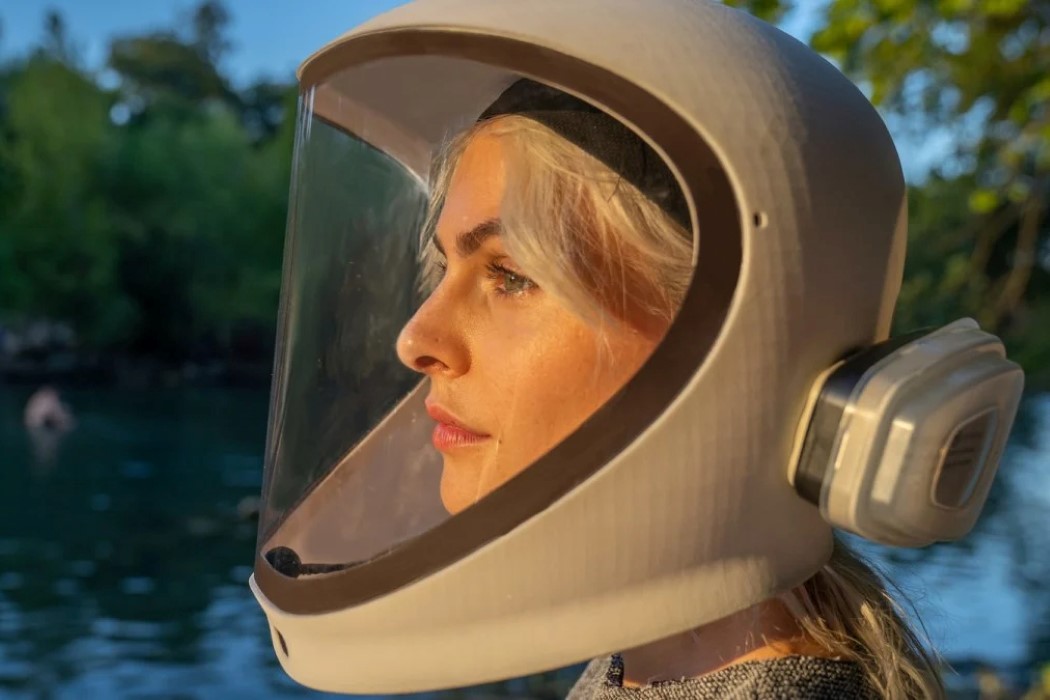
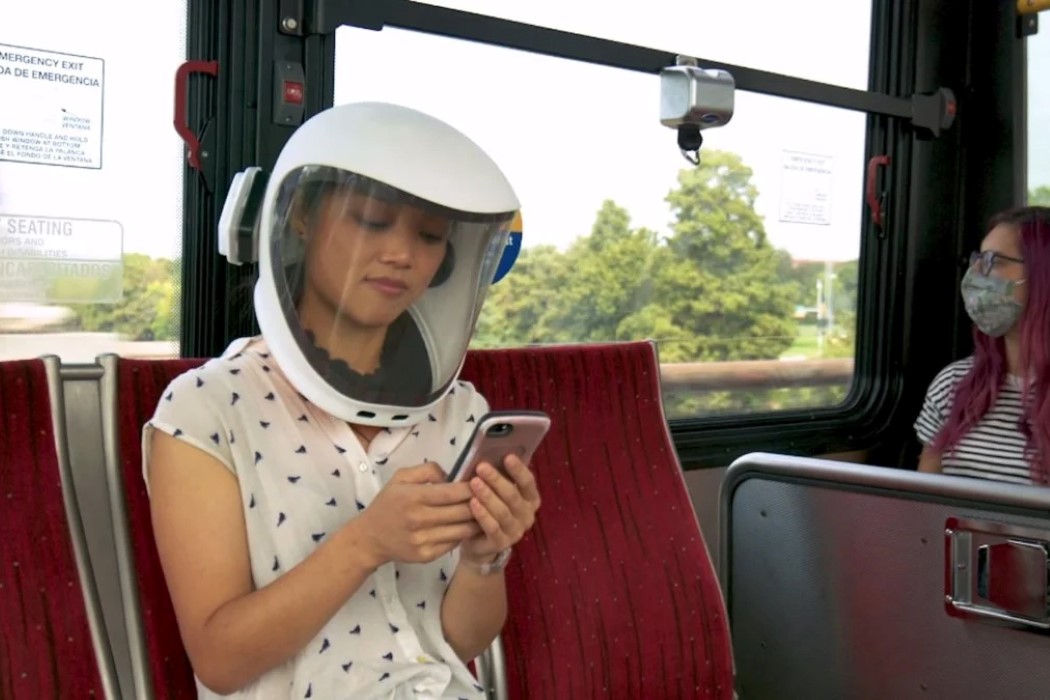
What if nature co-designed furniture with humans?
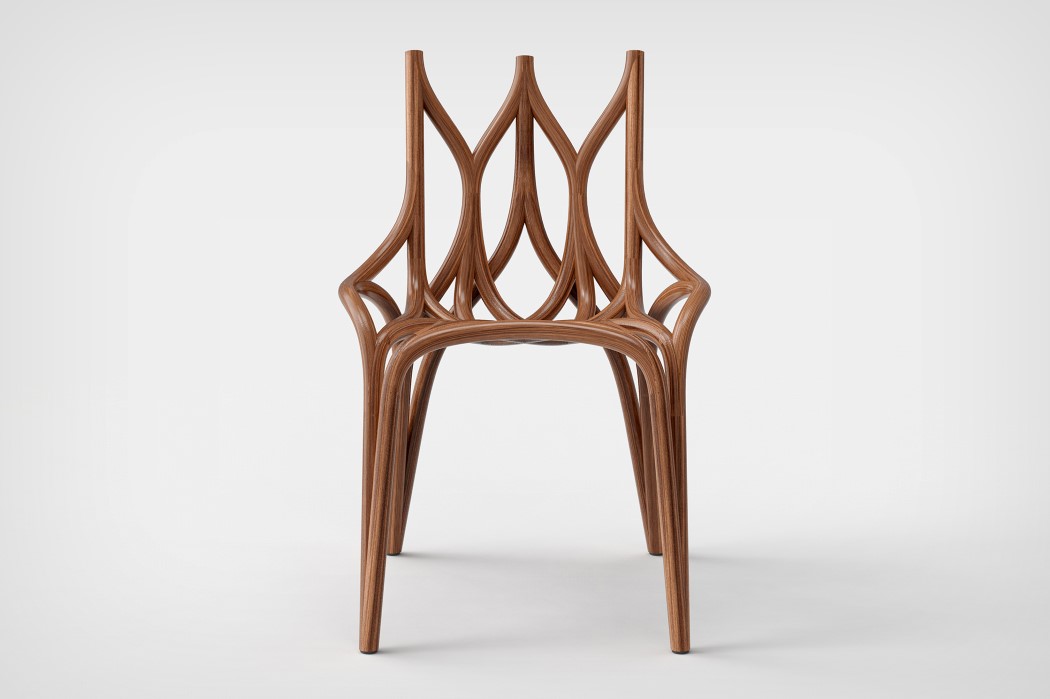
The inspiration behind the form of the Wild Chair is pretty unique. Imagine leaving a chair out in a forest and having nature take over it, with moss, vines, and trellises. Its solid form, being covered by interweaving branches and stems. Now remove the chair from the equation and what are you left with?
The Wild Chair is the answer to that question. Designed with an organic form that highlights the intricate stylings of cane furniture, Eugeni Quitllet’s Wild Chair feels like a wild material domesticated. The chair, which was created during the lockdown, came from Quitllet often pondering what would happen if he left his chair in the wild and let nature absolutely take over. “I’m seeing at this moment how nature is taking its place back everywhere, in the sea, in the air, in the ground, in the city… and now in design! And why not… We will grow chairs like vegetables and modify seeds genetically to grow new designs”, said the Catalan designer.
Designer: Eugeni Quitllet
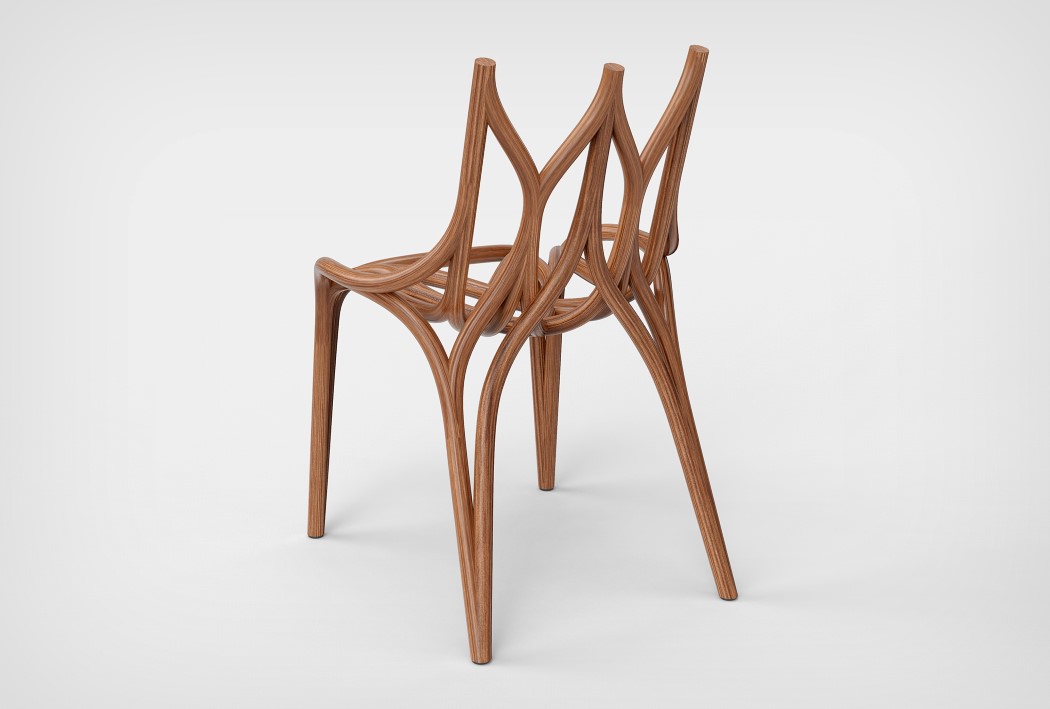
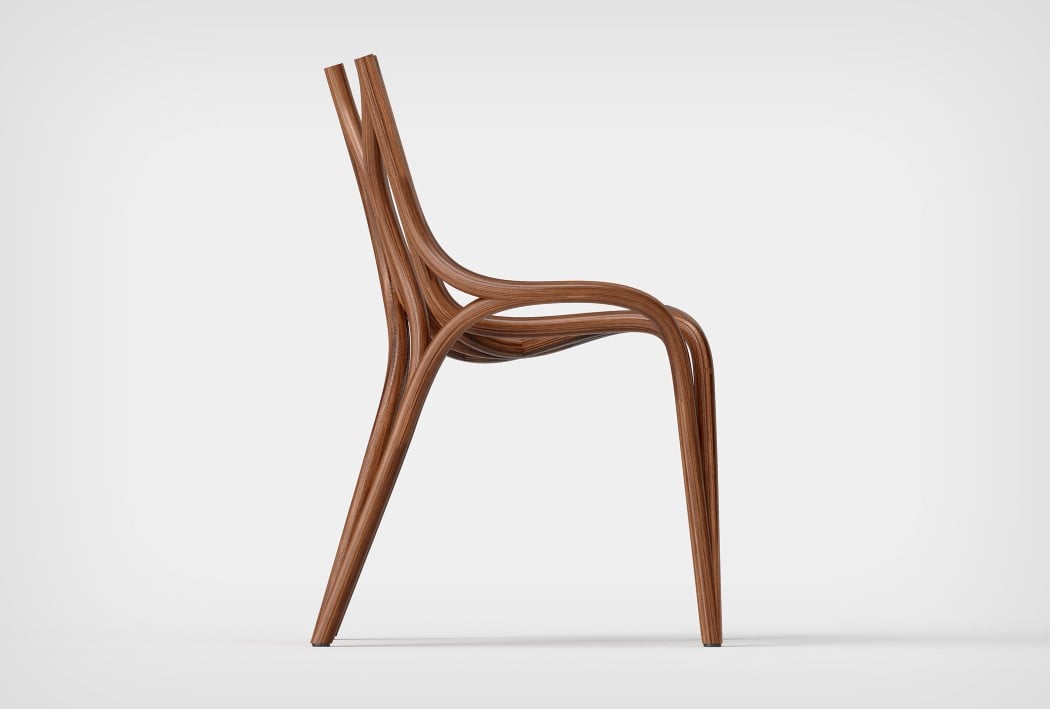
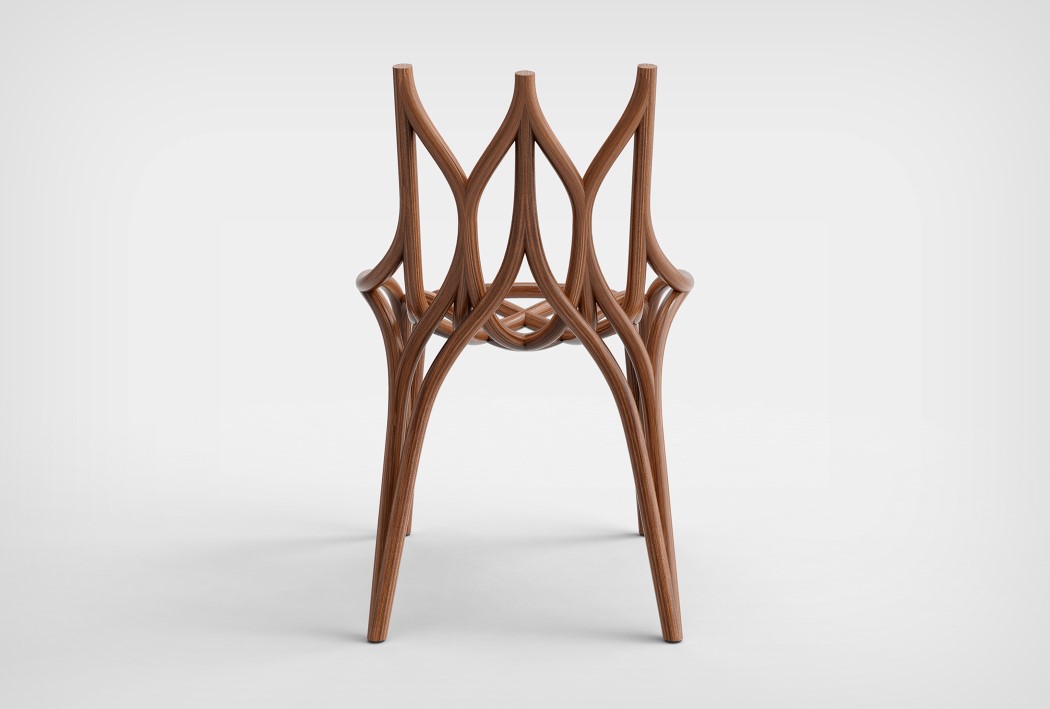
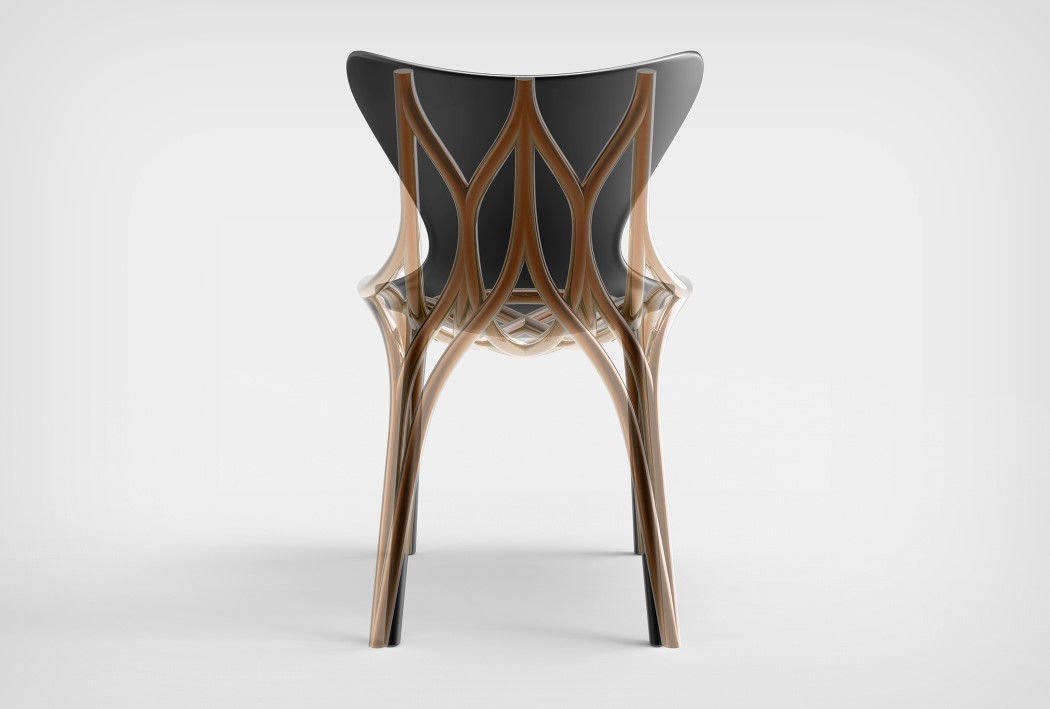
MIT’s Pandemic Response Design Challenge winner is a mask that actively scans the air for germs
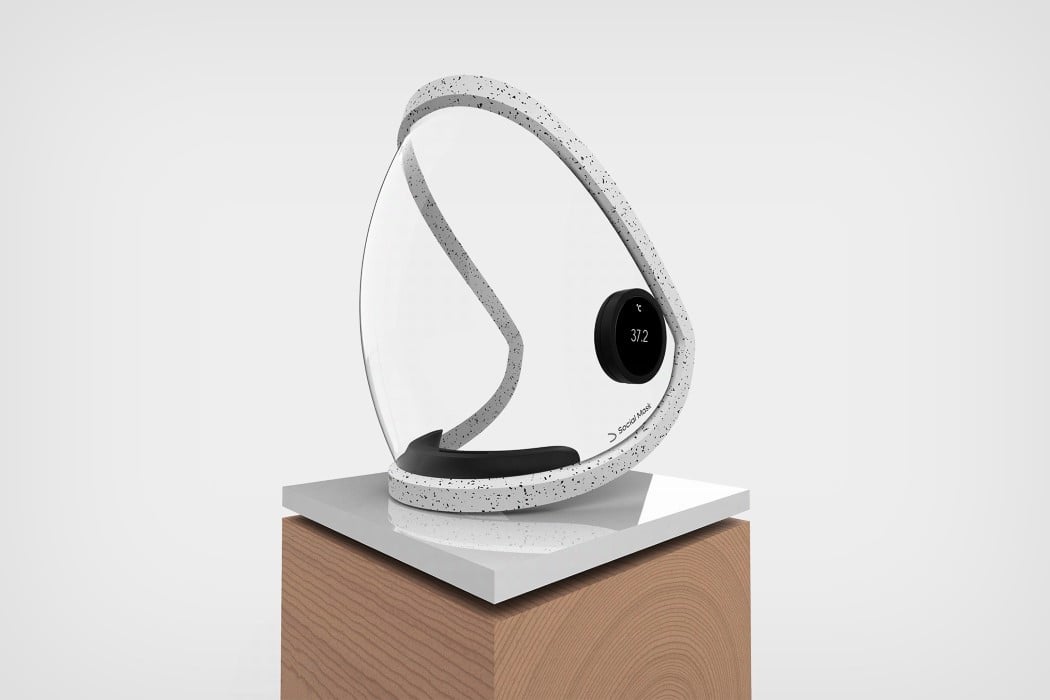
A winner of the MIT Pandemic Response CoLab #ReimagineMask Challenge, the Social Mask doesn’t just stop microparticles and microorganisms from entering your respiratory system… it alerts you of their presence too.
The mask comes with a transparent design, which seems fitting since it focuses on data transparency too. The mask sports a 3D-printed frame that houses filters along with a biosensor that actively monitors the air you breathe. Air quality metrics are sent to your phone, capturing not just pollution levels but the presence of germs too. The sensor detects the presence of air-borne pathogens, alerting you if there’s something hazardous in the air. Data transparency goes both ways too, with a temperature sensor built into the cheek-area of the polycarbonate frame, allowing people around you to know your own body temperature… a feature that lets others know if you’re healthy or feeling feverish.
The Social Mask flips the contact-tracing argument by just tracing the air instead. More than just filtering the air you breathe of contaminants, the Social Mask lets you know if they’re there in the first place, and works to create a map of the places you visit, actively giving you stats of what the air was like when you were there. Pretty neat, eh?!
Designer: Burzo Ciprian
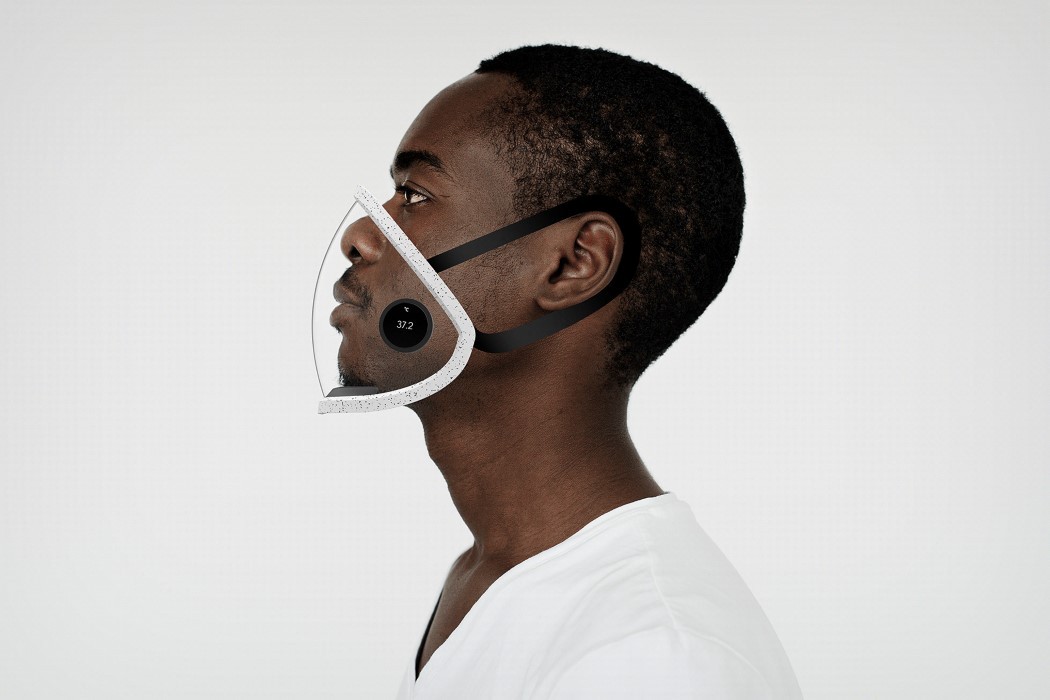
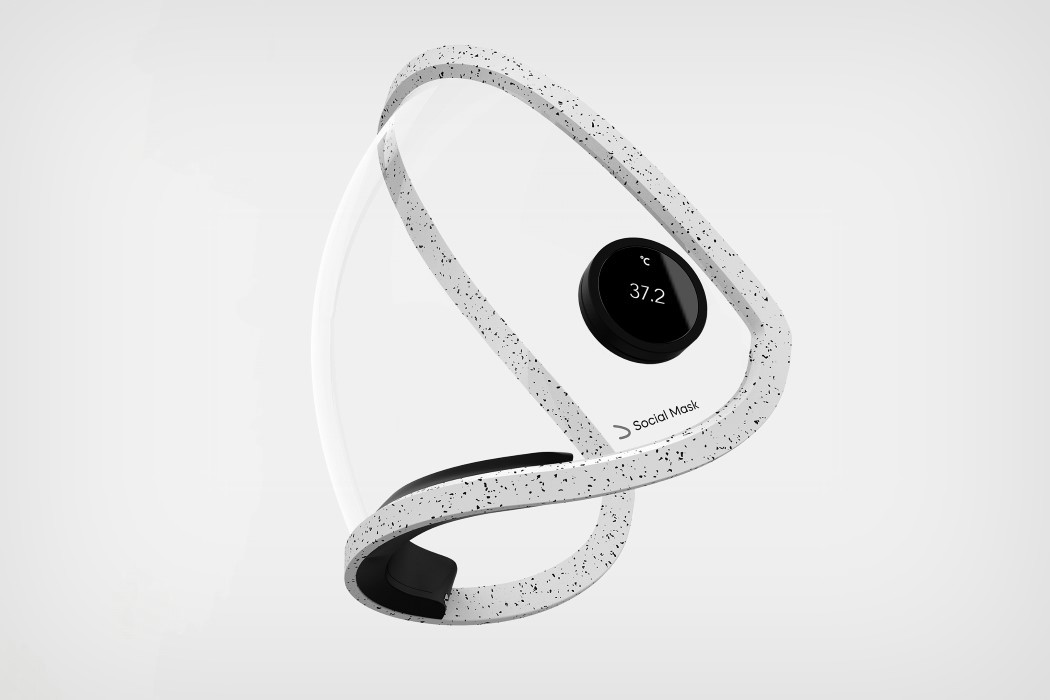
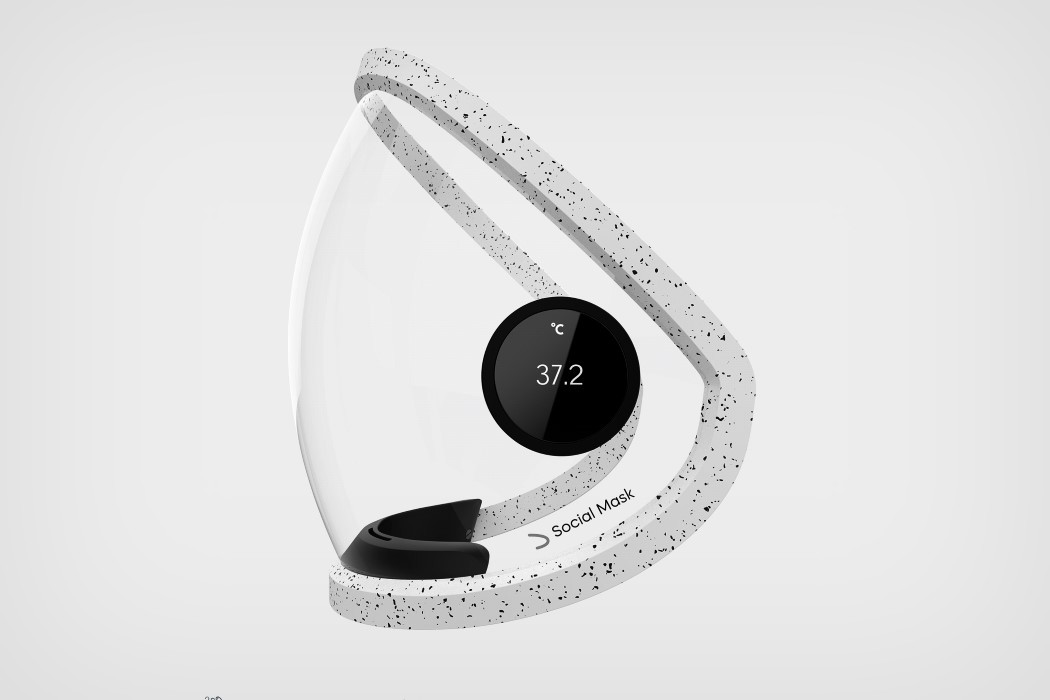
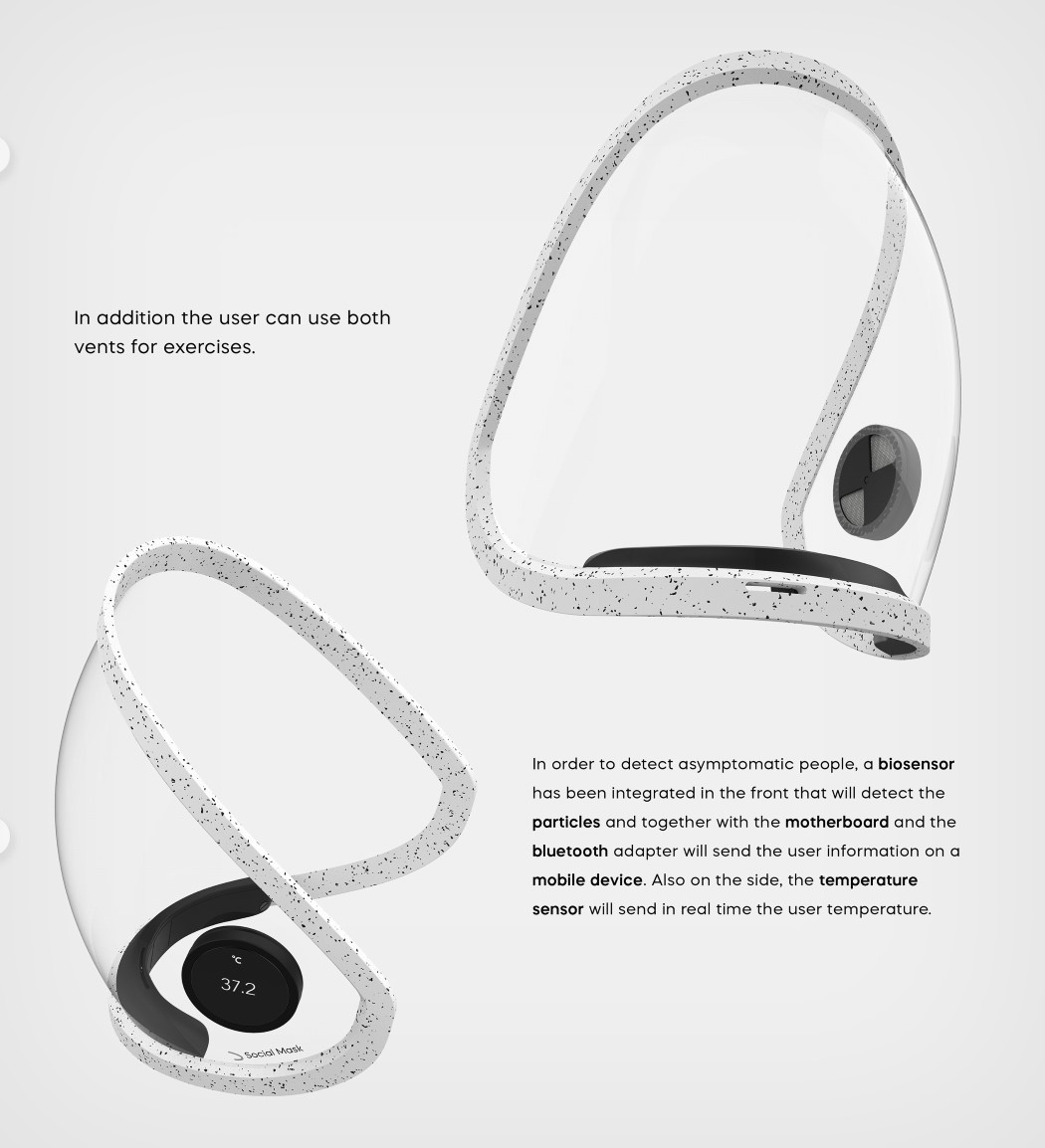
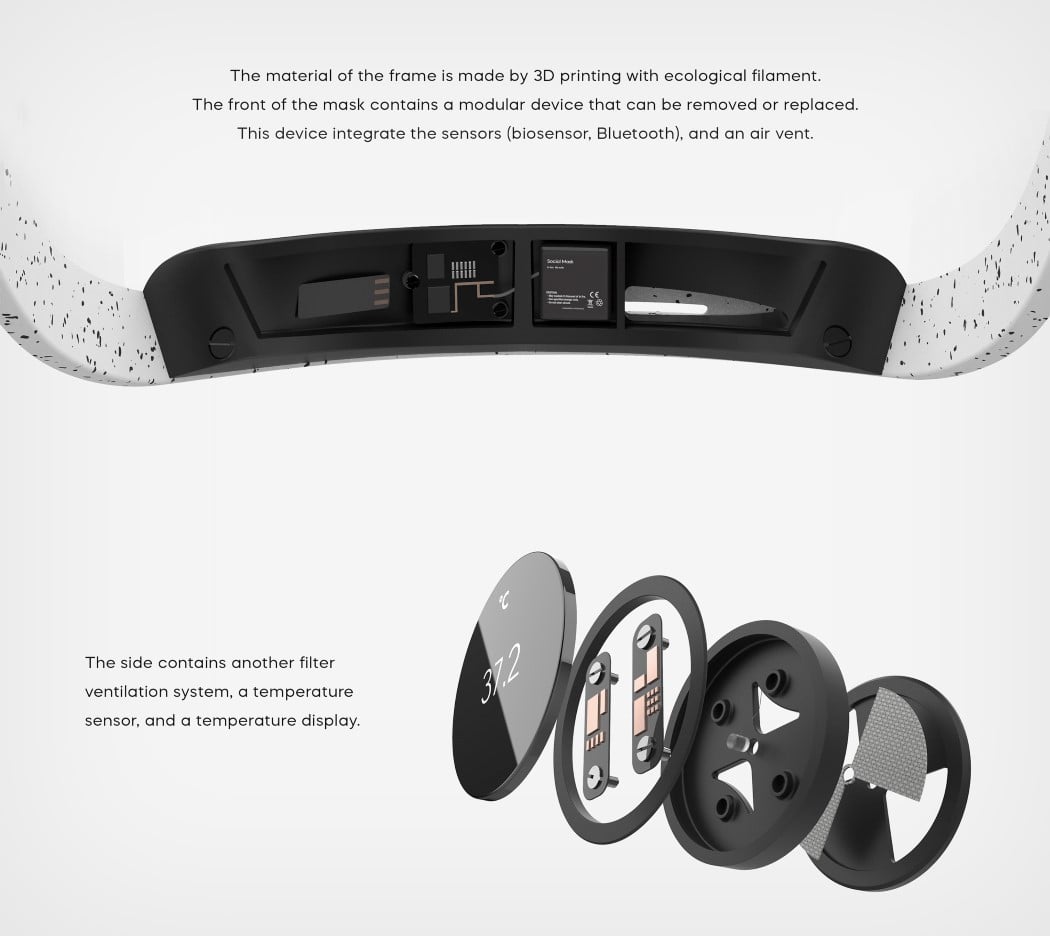
Sega sells its arcade business due to the COVID-19 pandemic
Apple’s French and UK stores switch to Express pickups as lockdowns begin
Facebook uses AI to forecast COVID-19 spread across the US
This hydrogen fuel based pod is the vehicle of choice for a green future!
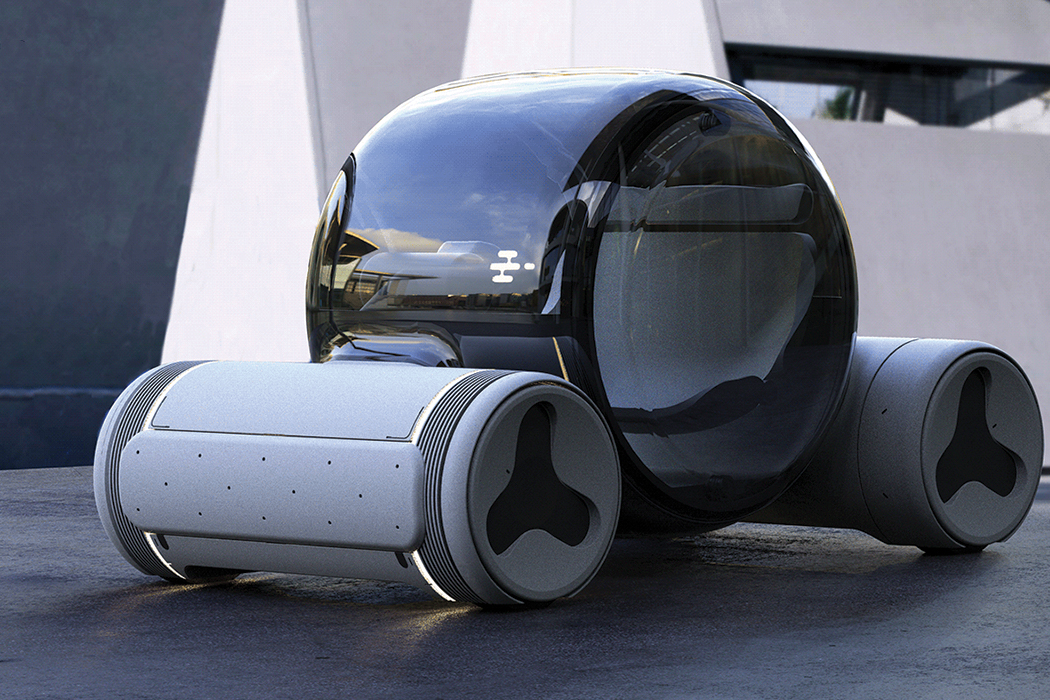
We all once believed flying cars would be the future for the auto industry. Then cars started driving themselves, so that future was left up to the designers to decide. But never has the future weighed so heavily above us than it has in 2020. Globally, designers are utilizing this moment to construct what they believe the future of the auto industry will and, in some cases, should look like, including Moscow-based, Nikita Konopatov who recently conceptualized a hydrogen-fueled car for the future, called Future Center Europe. The fuel-cell vehicle design would move on two cylindrical barrels with a bubbled body, an image representative of molecular hydrogen combustion. The decision to construct a new automobile fueled by hydrogen is both feasible and deliberate. With the frequency of road transportation decreasing, and therefore air pollution, as a result of travel restrictions due to the pandemic, many of us have consciously shifted toward greener alternatives. Fuel cell vehicles indicate one green alternative since the electric vehicles use generators to turn hydrogen into electricity, providing energy.
Hydrogen fuel is produced once hydrogen reacts with oxygen to make water. Since hydrogen is an energy carrier, which means it transmits energy from a primary source, such as solar energy or coal, it can be used as fuel for cars. Extracting hydrogen from compounds can be tricky, but it is possible through electrolysis, which is the most popular, ecological, and efficient option. Konopatov describes his design as “atypical,” but it is also so utopian, it discredits any possibility of a future doomsday. With columnar wheels and panoramic windows, this design could inspire sci-fi anime or become one. Who wouldn’t take a drive? On paper, this design points out our seemingly new reality and how we interact with it. Globally, we’re embracing simplicity, sprucing up our own corner of the world, and modifying our lens for alternative living in order to meet it halfway. Similarly, Nikita Konopatov’s fuel cell vehicle nods towards a simpler, albeit faraway future world, where cars might not fly, but breathe like us.
Designer: Nikita Konopatov
